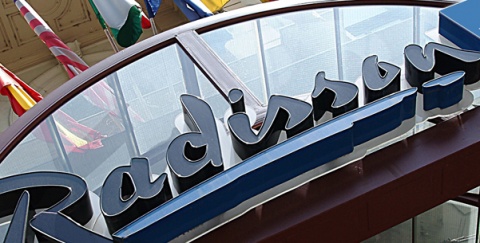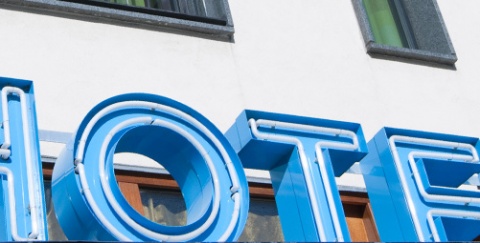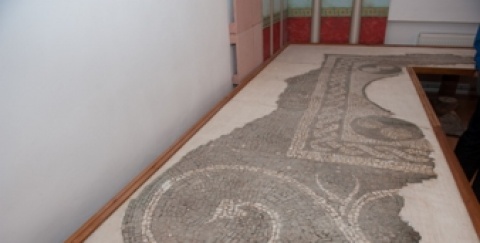
This wonderful museum in first floor has been arranged in the original place, where Ferenc (Franz) Liszt lived and worked during his stays in Budapest. There is also the Liszt Research Centre, aside the Museum. Those who expect to see the death mask of the great musician may be disappointed. It was moved away, for not frightening children hearts.
The Budapest apartment of the filigree piano keys hero (he lived here in years 1881 – 1886) contains lots of biographic details from the life of the nimble-fingered hazardous and speedy grand piano player, who became known as a spectacular „piano destroyer”. Several instruments spent their existence when confronted with Liszts` hands and super long, powerful fingers. Liszts` `hammer stroke` was legendary. No wonder that he preferred steel framed grand piano, a 260 cm long monster grand piano from Boston based Charles Francis Chickering & Sons. There are two of these in the apartment, one from 1867, and another from 1880, aside with Liszt`s beloved Bösendorfer and a harmonium. Perfect for Liszt was, that he could move his grand piano in the salon through a door directly on the stage of the next door Conservatory (academy of music). The new building of 1925 was named Liszt in his honour. In the studio, there is also a very small `glass piano´ from French city of Tours, according to Liszt, just “a poodle beneath a lion”. The silver music rack on the Chickering piano in the salon, which he got it as a present on 14th of April 1858, is decorated with Liszt portrait lockets and three miniature busts. They show the favorites of Liszt: Beethoven in the centre, to his left Schubert, and to the right Carl Maria von Weber.
The most popular master work of the composer Ferenc Liszt is the second of his 19 Hungarian rhapsodies (1847). While today very few top piano world stars try to play it, it was Walt Disney who changed its history of reception. In 1929 it was Mickey Mouse to try it, while Warner Brothers used it in a show with Bugs Bunny in “Rhapsody Rabbit“. Tom and Jerry realized a giant cat`s concert, and in 1955 Woody Woodpecker easily played the Rhapsody No 2 – looking into a rifle barrel! Rhapsody No 2 is in Marx Brothers films “A Day at the Races“ (conductor: Harpo Marx), and in “A Night in Casablanca“ (piano: Chico Marx).
Those who want to learn more on Ferenc Liszt should go with Zsófia Bitté, pianist and employee for tour operator “Unique Budapest”. The Liszt tour participants go to Liszt`s former apartment in old fishermen`s quarter, to Budapest Redoute, where Liszt and Wagner had a concert, and to the Liszt monument, erected in 1984 on Franz Liszt Square.
DANUBE.TRAVEL has no control over the website content generated by users and/or visitors, neither such content represents a statement, opinion, recommendation or rating by DANUBE.TRAVEL. For further information please refer to DANUBE.TRAVEL – General Website Terms and Conditions of Use.
 EN
EN DE
DE











